The Solar Concentrator Market is currently characterized by a dynamic competitive landscape, driven by increasing demand for renewable energy solutions and advancements in solar technology. Key players such as Abengoa Solar (ES), SolarReserve (US), and BrightSource Energy (US) are strategically positioning themselves through innovation and regional expansion. Abengoa Solar (ES) focuses on enhancing its solar thermal technology, while SolarReserve (US) emphasizes the development of large-scale solar projects. BrightSource Energy (US) is leveraging partnerships to expand its market reach, collectively shaping a competitive environment that prioritizes technological advancement and sustainability.
In terms of business tactics, companies are increasingly localizing manufacturing and optimizing supply chains to enhance operational efficiency. The market appears moderately fragmented, with several key players exerting influence over their respective regions. This fragmentation allows for a diverse range of strategies, as companies seek to differentiate themselves through unique offerings and localized solutions.
In August 2025, SolarReserve (US) announced the launch of a new solar thermal project in Nevada, which is expected to significantly increase its energy output and operational capacity. This strategic move not only reinforces SolarReserve's commitment to expanding its footprint in the U.S. market but also highlights the growing trend of investing in large-scale renewable energy projects. The project is anticipated to enhance the company's competitive edge by providing a reliable energy source while contributing to sustainability goals.
In September 2025, BrightSource Energy (US) entered into a partnership with a leading technology firm to integrate artificial intelligence into its solar concentrator systems. This collaboration aims to optimize energy production and improve system efficiency. By adopting AI technologies, BrightSource Energy (US) is likely to enhance its operational capabilities, positioning itself as a leader in innovation within the solar concentrator sector.
In October 2025, Abengoa Solar (ES) unveiled a new initiative focused on developing hybrid solar systems that combine solar concentrators with energy storage solutions. This strategic direction appears to be a response to the increasing demand for reliable and dispatchable renewable energy sources. By diversifying its product offerings, Abengoa Solar (ES) is likely to strengthen its market position and appeal to a broader customer base.
As of October 2025, the competitive trends in the Solar Concentrator Market are increasingly defined by digitalization, sustainability, and the integration of advanced technologies. Strategic alliances are becoming more prevalent, as companies recognize the value of collaboration in driving innovation and enhancing market presence. Looking ahead, competitive differentiation is expected to evolve, shifting from price-based competition to a focus on technological innovation, supply chain reliability, and sustainable practices. This transition underscores the importance of adaptability and forward-thinking strategies in navigating the complexities of the solar energy landscape.


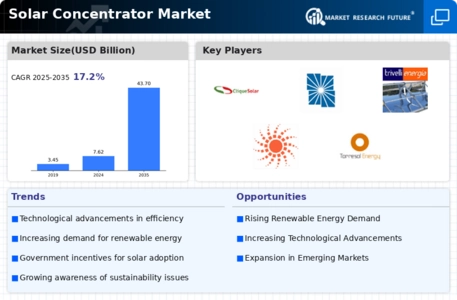
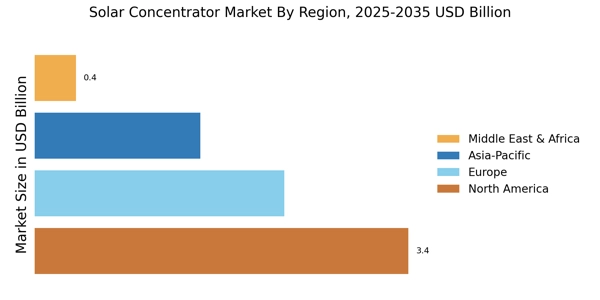
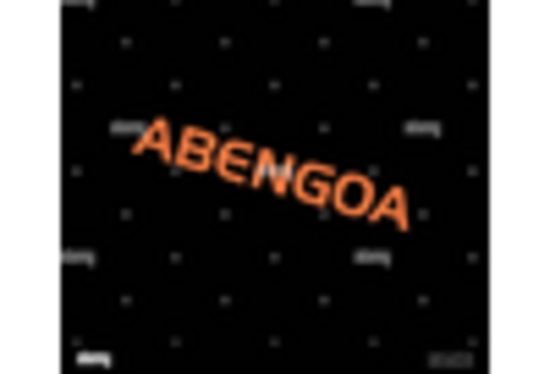

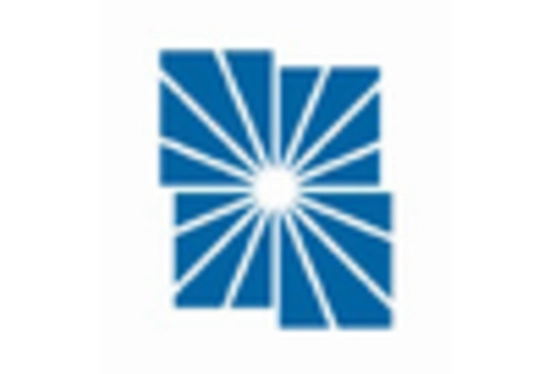
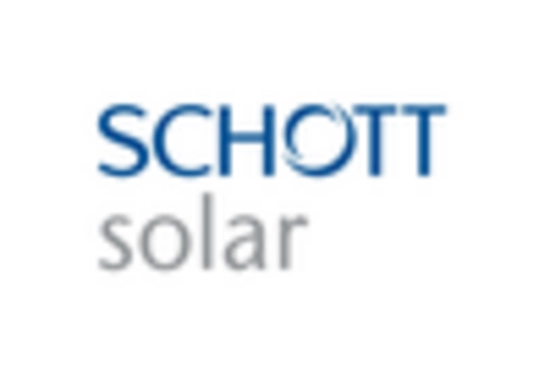
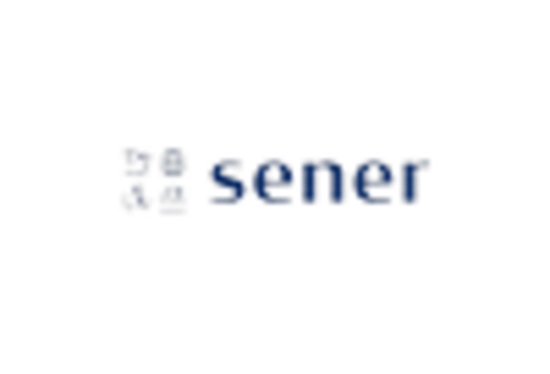
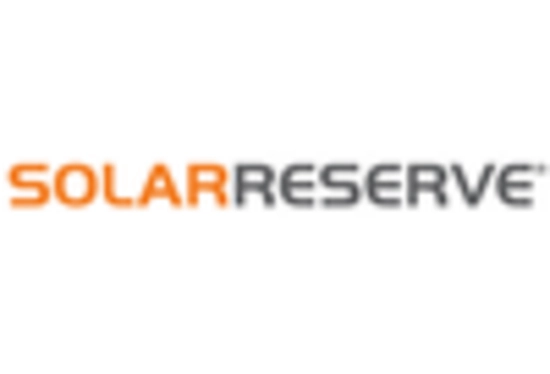








Leave a Comment